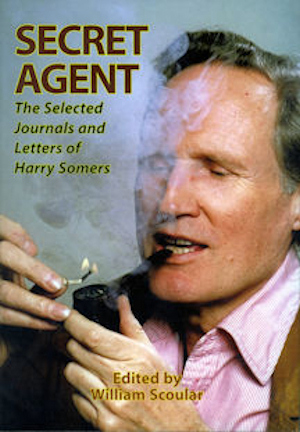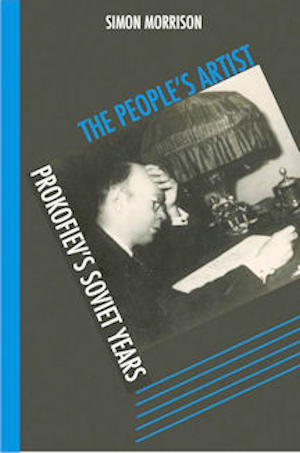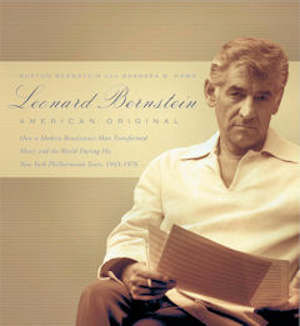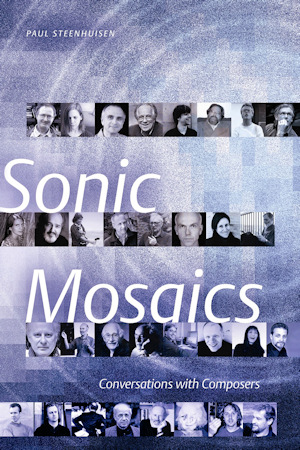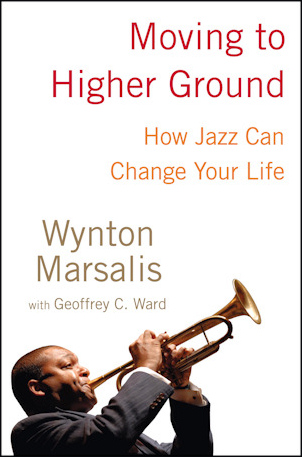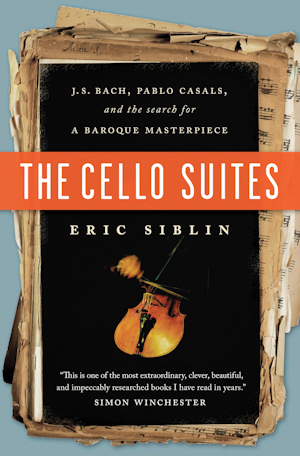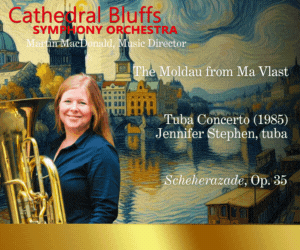
Menahem Pressler: Artistry in Piano Teaching
by William Brown
Indiana University Press
326 pages, photos; $24.95 US
Menachem Pressler is best known for his performances and recordings with the legendary Beaux Arts Trio, which just disbanded after fifty years. He has also maintained an active solo career. But in this biography William Brown shows him to be as great a teacher as he is pianist. Brown studied with Pressler at his long-time base at Indiana University. He uses interviews with former students, associates, family members, and Pressler himself, along with transcripts of lecture-demonstrations and Pressler's detailed commentaries on specific works, to create a vivid portrait of Pressler as a teacher.
By offering different perspectives on Pressler's teaching style, Brown offers a treasure-trove of musical insights. Above all, what comes through in these pages is the passion and commitment with which Pressler shares what really matters to him. "It's good, but it's not magic," he says after hearing a student play. "Play as if your life depends upon it," he tells a student. To another he explains that the function of music is "to make life worth living".
In a chapter called ‘Pressler's Humor', a former student recalls, "He was horrified with the whole notion of vacations. I'd come back, and I'd have a cold, and he'd say, ‘You see, you took a vacation, and now you're sick.' So, I couldn't win. It was impossible." Clearly he is not just trying to be funny. He is passing on
what it means to him to devote one's life to music.
The key to his interpretive approach is revealed when he tells a student, "If the choice is to take the excitement of the performance or the clean note, take the excitement. If you hit it clean, how great, yes?" He then relates that directly to his own playing, "That's terrible advice from a piano teacher, but it's the advice I'm giving myself when I perform. That's how I live my life in performance."
Menahem Pressler is in Toronto with Toronto Summer Music from July 20 until July 25, coaching piano and chamber ensembles. On July 23 he gives a concert with Pressler & Friends at 8:00 in the MacMillan Theatre.
Pressler performs with the Emerson String Quartet on October 2009 8:00 in Koerner Hall.

Never Sang for Hitler: The Life and Times of Lotte Lehmann
by Michael Kater
Cambridge University Press
411 pages, photos; $36.95
Michael Kater takes a different approach to his subject than Brown in this biography of the German singer Lotte Lehmann,. He acknowledges her ‘natural genius'. He appreciates, from recordings, the sweetness and purity of her voice, and her ability to convey emotion soulfully and sincerely. He admires her forthright personality, her charisma and her ability to captivate audiences. He readily documents her many acts of generosity.
But at the same time he portrays her as opportunistic, greedy, manipulative, naïve, materialistic, jealous, and, worst of all, untruthful. "Money and enhanced career opportunities seem to have been her only motivation," he writes.
Kater, who teaches history at York University, has written extensively on 20th German culture. Here his prime concern is to place Lehmann in the social context of her times - she lived in Germany and Austria until 1934, then in California until her death in 1976. His provocative study shines a disturbing light on the relationship between Lehmann's art and her political milieu.
During the course of his exhaustive, meticulously documented research, Kater discovered correspondence "in an obscure archive in Vienna" dealing with a meeting Lehmann had with Hermann Göring in 1934. For the rest of her life she painted herself as a fanatical anti-Nazi who bravely refused to sing for them.
But Kater reveals another story altogether. Lehmann wanted to sing for Hitler. The only reason she never did was because she couldn't work out a satisfactory deal with Göring for the Berlin State Opera, hard as she tried.
After that, almost everything she does is presented in the light of her duplicity. So she only started giving lieder recitals, which were unusual in America at the time, because she couldn't get enough opera jobs. And she only started teaching because her singing career was washed up.
Kater creates a fascinating portrait of a great singer and her times. Yet his approach is controversial, especially in his determination to set the historical record straight rather than explaining Lehmann's artistry. What bothers him most is not that she wanted to sing for Hitler, but that she took advantage of what were truly horrible circumstances for so many to falsely present herself as a heroic victim of the Nazis. "It should now have been clear to Lehmann," writes Kater, "that reaching for the stars, while making a pact with the devil, had its price."

Death With Interruptions
by José Saramago
translated by Margaret Jull Costa
Harcourt
250 pages; $30.95
In this brilliant and very funny novel, the Portugese writer José Saramago imagines that death takes a holiday. But the citizens of the unnamed country where nobody is dying fail to appreciate the gift of eternal life. What's more, it's a disaster for undertakers, hospitals, life insurance companies, politicians and the military. Church officials worry whether people will start rejecting the resurrection and afterlife, and stop believing in god, if no-one ever dies.
After seven months, death - who is a woman here -goes back to work. This time she mails out warnings to those about to die, to give them time to prepare. But to her surprise this is appreciated even less than her holiday.
When one of death's violet-coloured warning letters is repeatedly returned to her, she visits the man who keeps failing to receive the letter and die. He turns out to be a middle-aged cellist who plays first chair in the national symphony. Death sees the score of Bach's sixth cello suite in d major - Saramago sticks to the lower case - open on a chair. "She didn't need to be able to read music to know that it had been written, like beethoven's ninth symphony, in the key of joy, of unity between men, of friendship and of love," writes Saramago. "Then something extraordinary happened, something unimaginable, death fell to her knees."
Death takes the form of an attractive young woman and goes to the concert where the cellist is performing a solo passage. "The cellist starts to play his solo as if he had been born for that alone," writes Saramago. "He plays as if he were bidding farewell to the world, as if he were at last saying everything that he had always kept unsaid, the truncated dreams, the frustrated yearnings, in short, life." The audience cheers, and death falls in love.
This satire on the worlds of politics, business and religion reveals Saramago's inventive imagination, as well as his cynical world-view. Yet there is profound humanity in his voice, a fact that was not unnoticed when he won the Nobel Prize in 1998. If death can be seduced by music, as happens here, then music - and, presumably, all art - holds the key to life after death.
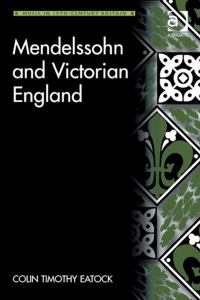


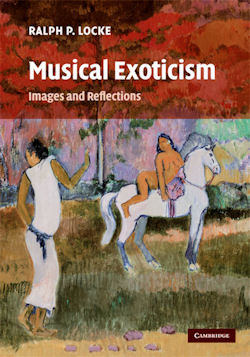
 John Arpin, Keyboard Virtuoso
John Arpin, Keyboard Virtuoso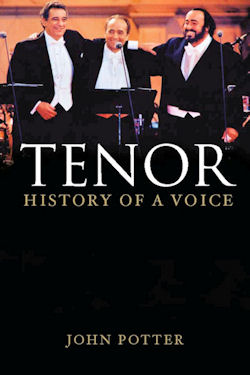 Tenor: History of a Voice
Tenor: History of a Voice


